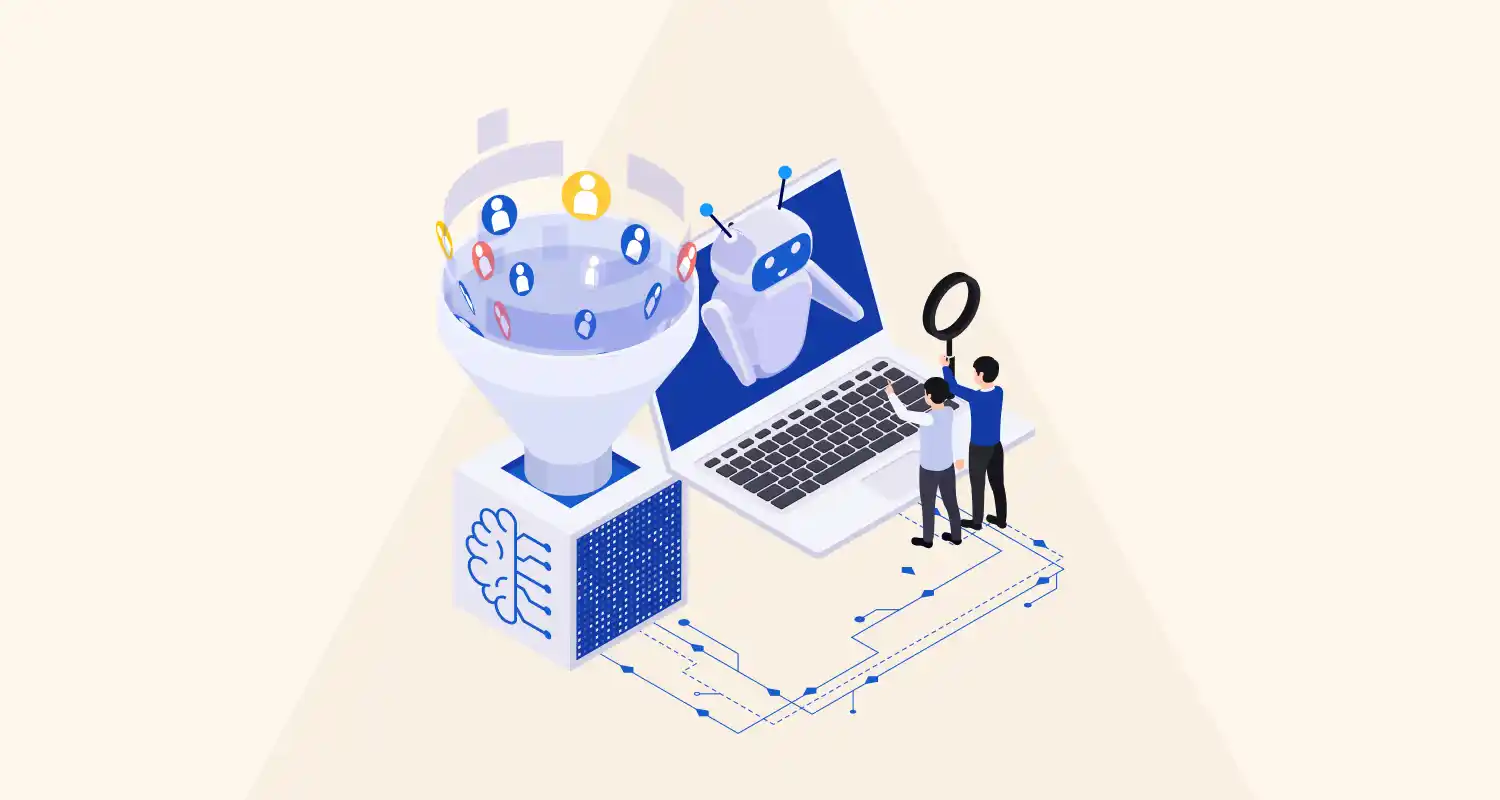Data cleaning and preprocessing are foundational steps in building any machine learning or AI model. No matter how advanced your algorithm is, it won’t perform well if the input data is noisy, inconsistent, or incomplete. The success of your model mostly depends on the quality of your data.
What Is Data Cleaning?
Data cleaning involves fixing or removing incorrect, corrupted, missing, or duplicated data.
What Is Data Preprocessing?
Data preprocessing includes transforming raw data into a format that can be fed into an ML model. This can involve encoding, normalization, scaling, etc.
Why It’s Critical
| Reason | Explanation |
| Improves Accuracy | Clean data leads to better predictions. |
| Reduces Noise | Prevents garbage-in-garbage-out modeling. |
| Saves Time Later | Cleaner data reduces debugging and retraining time. |
| Ensures Interpretability | Models built on clean data are easier to explain and justify. |
Key Steps in Data Cleaning and Preprocessing for AI Models
Common Steps:
- Handle Missing Values (e.g., mean imputation or deletion)
- Remove Duplicates (keep only unique records)
- Convert Data Types (strings to numbers, dates to datetime, etc.)
- Outlier Detection and Removal
- Normalize or Scale Data (e.g., Min-Max or Standard scaling)
- Encode Categorical Variables (e.g., One-hot encoding or Label encoding)
Code Example – Data Cleaning in Action
Example Dataset: Titanic Survival
import pandas as pd
from sklearn.model_selection import train_test_split
from sklearn.preprocessing import LabelEncoder, StandardScaler
from sklearn.linear_model import LogisticRegression
from sklearn.metrics import accuracy_score
# Load dataset
df = pd.read_csv("https://raw.githubusercontent.com/datasciencedojo/datasets/master/titanic.csv")
# 1. Drop irrelevant columns
df = df.drop(columns=["PassengerId", "Name", "Ticket", "Cabin"])
# 2. Handle missing values
df['Age'].fillna(df['Age'].median(), inplace=True)
df['Embarked'].fillna(df['Embarked'].mode()[0], inplace=True)
# 3. Encode categorical columns
label_encoder = LabelEncoder()
df['Sex'] = label_encoder.fit_transform(df['Sex']) # male = 1, female = 0
df['Embarked'] = label_encoder.fit_transform(df['Embarked'])
# 4. Define features and target
X = df.drop(columns=["Survived"])
y = df["Survived"]
# 5. Scale numerical features
scaler = StandardScaler()
X_scaled = scaler.fit_transform(X)
# 6. Train-test split
X_train, X_test, y_train, y_test = train_test_split(X_scaled, y, test_size=0.2, random_state=42)
# 7. Train model
model = LogisticRegression()
model.fit(X_train, y_train)
# 8. Evaluate model
y_pred = model.predict(X_test)
accuracy = accuracy_score(y_test, y_pred)
print("Model Accuracy:", accuracy)Sample Output:
Model Accuracy: 0.82
Conclusion
Data cleaning and preprocessing are not optional steps—they are essential for any successful AI or ML project. Without clean, well-structured data:
- Models may learn the wrong patterns.
- Accuracy will suffer.
- Interpretability and trust in results will drop.





